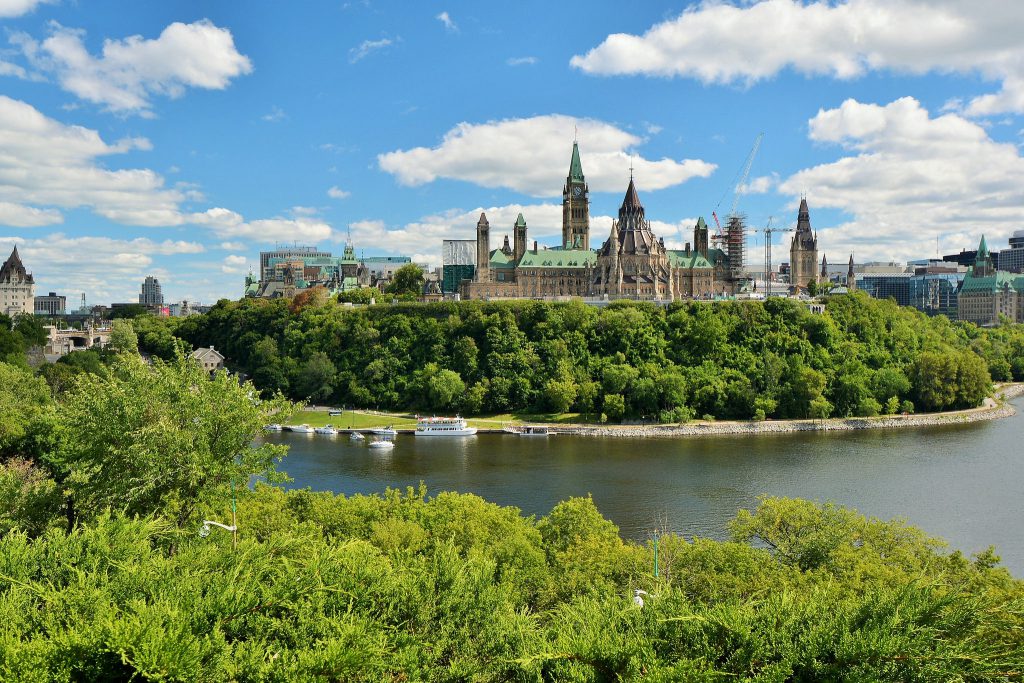
The federal government of Canada announced on Dec. 12, 2018, that traditional coal-fired electric generation plans will be phased out by 2030. Greenhouse gas regulations for natural gas-fired generating stations was also published.
The government says it wants to have 90% of this country’s electricity generated from non-emitting sources. It estimates that carbon pollution from the electricity sector will be cut by 12.8 million tonnes.
Earlier this year, Canada launched a task force for coal power workers and communities to better understand the impacts of the phase-out and how to minimize them, including funding for skills development, economic diversification, and transition centres.
Copies of both regulations were published on Dec. 12 in the Canada Gazette, Part II.
This story first appeared at Canadian Mining Journal
2 Comments
Bob Hall
This particular move is equitable to Clinton’s ‘Your jobs are gone” message. What that really means is that you can have a ‘fries with that’ job. All of the older coal thermal plants are gone now. The ‘modern’ plants with state of the art scrubbers etc. have economic/service life of up to 35 years remaining. Lose them by attrition – not by decree.
You can not base load with solar or wind and natural gas turbines are great for peaking, so get a real plan in place please.
JH
There is precedence for 90% non-emitting electricity sources.
Some countries survive perfectly well and have done since forever.
For Canada everything old is new again.
Bravo. Encore!! Canada 16.3 (based on CO2 per person) (to 1.63 for example) is taking its lead from the following who have less than 1.63. Canada plunges from 29th highest to 160th — or on the good league ranking between Albania and Ecquador at 99th best. The list below shows you how much more work remains for Canada to get to the top of the topper most. :
Afghanistan 0.0 ; Chad 0.0 ; Congo (Kinshasa) 0.0 ; Central African Republic 0.0 ;
Burundi 0.1 ; Uganda 0.1 ; Mali 0.1 ; Ethiopia 0.1 ; Rwanda 0.1 ; Malawi 0.1 ;
Burkina Faso 0.1 ; Somalia 0.1 ; Niger 0.1 ; Nepal 0.1 ; Mozambique 0.1 ;
Guinea 0.1 ; Eritrea 0.1 ; Lesotho 0.1 ; Haiti 0.2 ; Madagascar 0.2 ;
Zambia 0.2 ; Tanzania 0.2 ; Laos 0.2 ; Comoros 0.2 ; Liberia 0.2 ; Burma (Myanmar) 0.2 ;
Cambodia 0.2 ; Sierra Leone 0.3 ; Cote dIvoire (IvoryCoast) 0.3 ; Guinea-Bissau 0.3 ;
Kenya 0.3 ; Sudan and South Sudan 0.3 ; Timor-Leste (East Timor) 0.3 ; Bangladesh 0.4 ;
Cameroon 0.4 ; Bhutan 0.4 ; Benin 0.4 ; Ghana 0.4 ; Kiribati 0.4 ; Togo 0.5 ; Nigeria 0.5 ;
Cape Verde 0.5 ; Senegal 0.5 ; Western Sahara 0.6 ; Solomon Islands 0.6 ; Sri Lanka 0.7 ;
Vanuatu 0.7 ; Paraguay 0.7 ; Zimbabwe 0.7 ; Kyrgyzstan 0.7 ; Samoa 0.8 ; Nicaragua 0.8 ;
Palestine 0.8 ; Swaziland 0.8 ; Pakistan 0.8 ; Sao Tome and Principe 0.9 ; Philippines 0.9 ;
Papua New Guinea 0.9 ; Tajikistan 0.9 ; Mauritania 0.9 ; Guatemala 1.0 ; Honduras 1.0 ;
El Salvador 1.1 ; Morocco 1.1 ; Africa 1.1 ; Yemen 1.1 ; Georgia 1.2 ; U.S.
Pacific Islands 1.2 ; Vietnam 1.3 ; Tonga 1.3 ; Bolivia 1.3 ; Peru 1.4 ; Costa Rica 1.4 ;
India 1.4 ; Congo (Brazzaville) 1.6 ; Indonesia 1.6 ; Colombia 1.6 ; Albania 1.6 ;